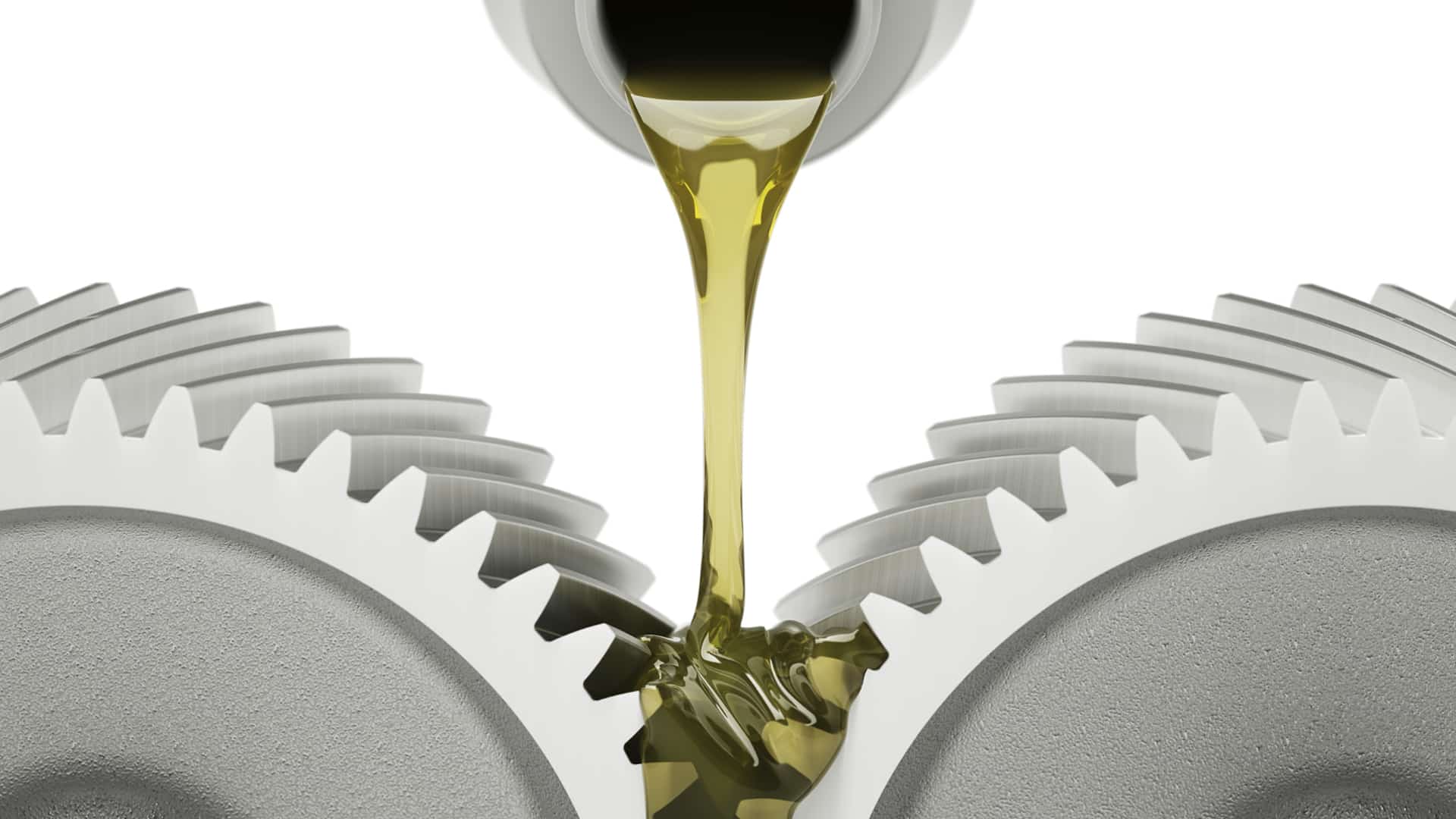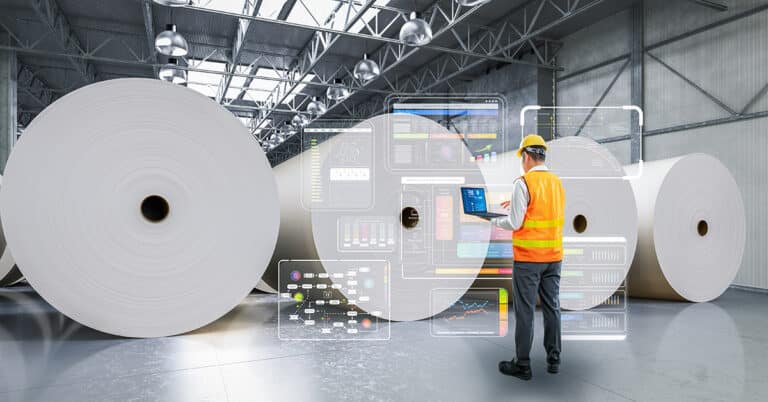Predictive maintenance can yield cost savings between 8% to 12% over preventive maintenance, and up to 40% over reactive maintenance. These savings can go a long way toward providing manufacturers with the competitive edge they need to face their competition and can reduce the need to drive down costs in other areas more influential to the quality of the finished product. Although seeking efficiencies is always a good practice, an overreliance on cost-cutting can cause other areas of the operation to suffer. It is, in fact, often just as effective to look for opportunities for operations investments that will yield a positive ROI. These investments can save even more money over time while producing a positive impact throughout the business. Predictive maintenance is one of these opportunities.
How does predictive maintenance work?
Predictive maintenance is the practice of using data and technology to identify potential maintenance issues well before they lead to production interruptions or part defects. With predictive maintenance, facilities can gain control over downtime, schedule maintenance more effectively, and make more informed procurement and sourcing decisions. Predictive maintenance cost savings come from all of these benefits.
We will explore these savings in greater detail in the next section. First, we will look at the details of how predictive maintenance works. Each of the predictive technologies below are based on the concept of detecting small changes and aberrations in normal operations, which are usually indicative of larger problems to come. Maintenance sensors and related technology are one of the best ways to accomplish this, because they can provide:
- Thermographic testing: By closely monitoring the temperature at key equipment locations, predictive equipment can send alerts as soon as machinery shows signs of an impending malfunction on account of increased heat.
- Vibration analysis: Intricate monitoring of equipment vibration is one of the most reliable ways to determine whether it is functioning as intended. By drawing on historical data and programmed acceptable ranges, sensors can identify the aberrant component movement that indicates potential further problems.
- Oil analysis: Regular oil analysis can detect whether the equipment is operating as intended or whether unexpected wear or damage is occurring. This is done through the identification of metal filings or particles in lubricating oil.
- Ultrasonic leak detection: This technology can identify even the most minuscule gas or air leaks from equipment, which can lead to equipment shut down if not properly detected and addressed. Since leaks are often not found until it is too late, this technology plays a key role in enabling a proactive approach.
How predictive maintenance reduces cost of operation

Predictive maintenance savings come from numerous areas, thanks to the data-driven information and action that the technologies described above provide. It is important to note that while upfront predictive maintenance cost investments may be higher than standard preventive maintenance, the savings described below provide short and long-term returns that will only improve as more data is collected. In fact, a recent research study of predictive maintenance cost analysis shows savings of 18% to 25% in maintenance expenditures, with additional savings and benefits through increased uptime. Read on to learn more about specific areas of predictive maintenance ROI and cost savings:
- Reduced downtime: Predictive maintenance allows maintenance technicians and leaders to prepare and plan for a repair — taking steps such as shifting capacity to other equipment and scheduling maintenance for times with the least impact on production. Unplanned downtime is one of the biggest cost sinks in manufacturing. Predictive maintenance can provide a vast reduction in this area.
- More targeted Maintenance: Predictive maintenance takes a proactive approach to address real issues before they create production problems. This is in contrast to preventive maintenance (which occurs whether or not there is an issue) and reactive maintenance (which takes place after a production interruption happens). Over time, predictive maintenance proves to be the most efficient and effective use of maintenance resource spend.
- Higher productivity: With more downtime and more effective maintenance, equipment is able to run at maximum capacity and optimal quality for a much higher percentage of its available time. This provides improvements in key metrics such as mean time to failure (MTTF) and other effectiveness measurements.
- More efficient inventory management: The data from predictive maintenance can also inform procurement, ordering and inventory management — enabling more effective decision-making through greater accuracy in forecasting and usage.
- Enhanced data analysis: By constantly monitoring data as provided by sensors and other sources, operators can make data-driven decisions about predictive maintenance. This means their resources will be allocated in a much more appropriate manner for maximum maintenance cost reduction.
ATS offers predictive maintenance services across our maintenance solutions – surge support, technical workforce, and comprehensive maintenance. With decades of experience in improving uptime, we are ready to provide you with a turn-key maintenance plan to bring your operations and profitability to the next level. For more information, contact ATS today.






